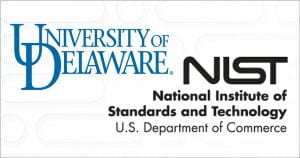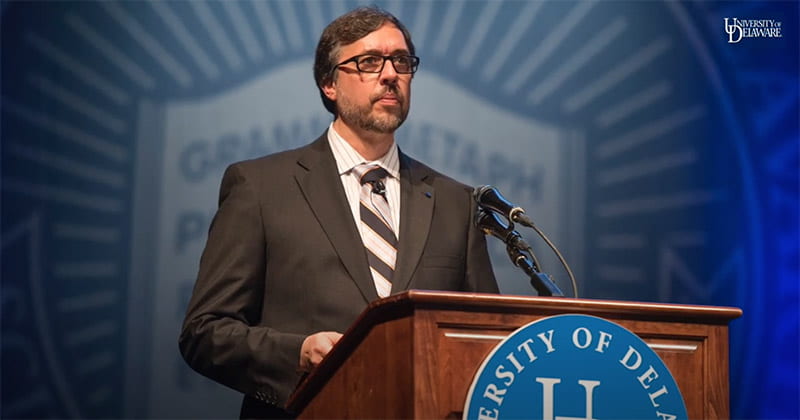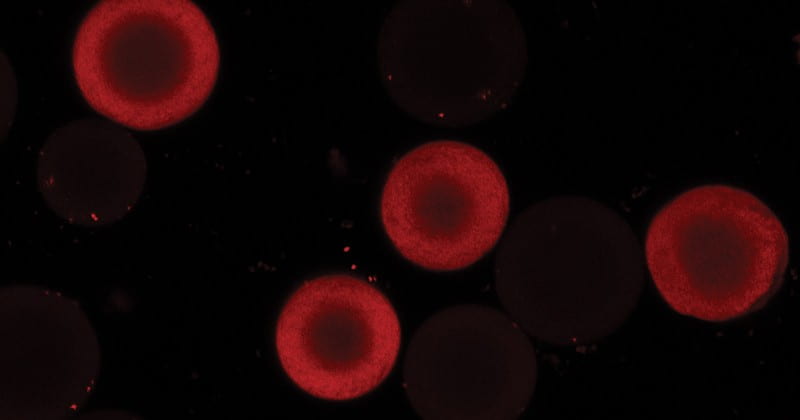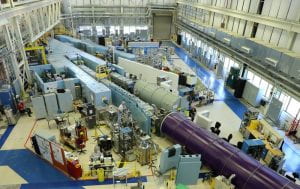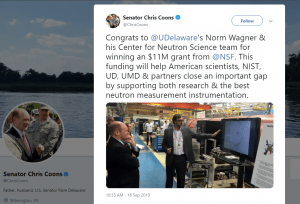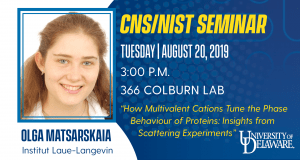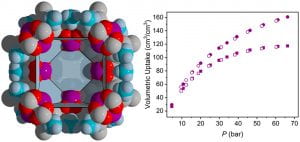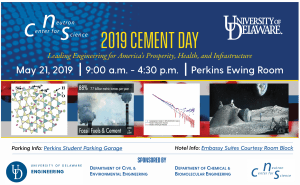Protection Using STF-Armor™ and Self-Healing Polymers

University of Delaware/NASA Johnson Space Center, Human Exploration & Operations, Space Technology Mission Directorates, International Space Station
The low-Earth orbit (LEO) environment exposes astronauts performing extravehicular activity (EVA) to potential threats from micrometeoroid and orbital debris (MMOD). Moreover, impacts of MMOD with the International Space Station (ISS) can cause craters along hand railings which can pose a cutting threat to astronauts during EVA missions. In this research, we are developing advanced nanocomposite textiles based on STF-Armor™ to improve astronaut survivability. The aim of these investigations is the incorporation of the STF technology to improve the protection of astronaut EPGs capable of withstanding extended exposure to the space environment during multiple EVAs. A hypodermic needle puncture test is used to simulate the threat posed by damaged surfaces. LEO-compatible-STF-treated spacesuit layups are two times more resistant to puncture than the current TMG, without sacrificing weight and thickness of the spacesuit. The longevity and robustness of LEO-STF-treated spacesuit materials, successfully launched with the Materials International Space Station Experiments, MISSE-9, aboard SpaceX-14 resupply mission on April 2, 2018, will be tested over the next year. The samples will be exposed to extreme levels of solar and charged-particle radiation, atomic oxygen, hard vacuum, and temperature extremes. The gathered data including monthly high-resolution images of the samples, temperature, particulate contamination and UV intensity data can be used to evaluate the proposed LEO-STF spacesuit materials for possible use in planetary exploration beyond Earth such as NASA’s mission to Mars. Industry Collaboration: STF Technologies, LLC and Alpha Space Test and Research Alliance, LLC
View NASA EPSCoR ISS Stimuli 2018-19
